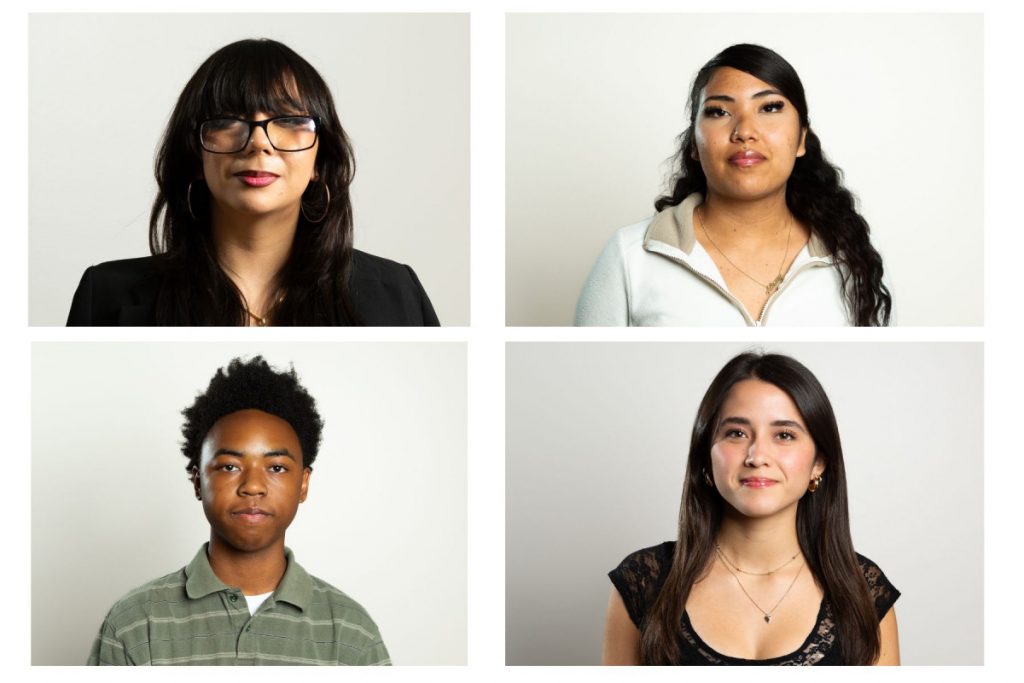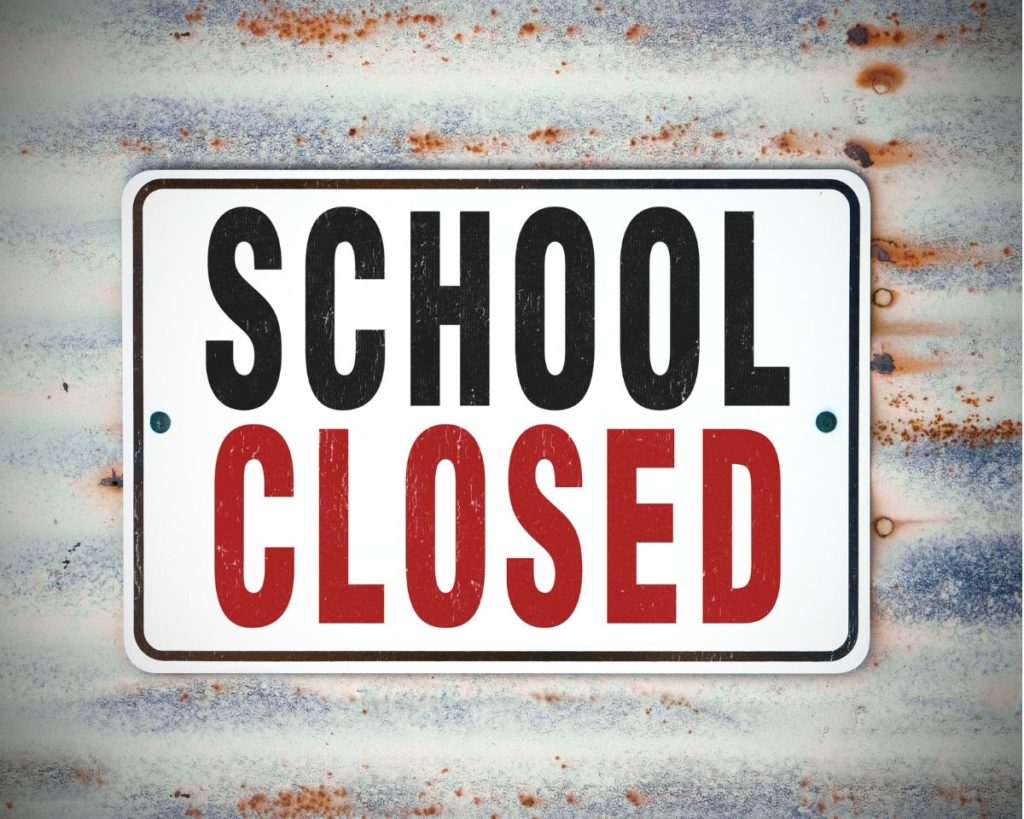Last spring was a time of racial reckoning for our country. In the midst of the growing pandemic, inequities uncovered in access to COVID testing and care for Black and Brown communities exploded into outrage when multiple unarmed Black Americans lost their lives at the hands of police.
Culminating with the murder of George Floyd and the subsequent protests demanding social change for Black Americans, schools and school districts were left to determine how efforts in diversity, equity, and inclusion would be implemented. Many worked to promote inclusive curricula that went beyond simply presenting diverse authors and texts in classrooms.
Some school boards even worked to provide clearer definitions of how equity would be accounted for in schools, including changes in policing and discipline, mandates on restorative justice, and in adding cultural studies across the curriculum.
Parents and community groups actively pushed schools and school districts to revitalize curriculum by seeking community feedback and articulating plans for how all students would receive an equitable education in this new climate of racial understanding.
However, as has normally been the case throughout history when progress in decentralizing one racial perspective takes shape, there was backlash shrouded in misinformation and vitriol.
Beginning as early as March in the very active 2021 legislative session, bills across the nation were introduced to curtail the progress seen in schools. The response to dismantling biased curriculum in favor of texts from more diverse perspectives was for lawmakers to limit what teachers are able to teach or make reference to.
Much of this was ignited by the release of The New York Times’ Pulitzer Prize-winning 1619 Project, which argues the introduction of slavery marks the nation’s true beginning. Many school districts announced their school systems would utilize the project in classrooms.
In response to the use of the 1619 Project in classrooms, legislation was proposed in 22 states and signed into law in six — Idaho, Iowa, Oklahoma, Texas, Arizona, and Tennessee. Reasons for this conservative-led legislative response vary. Idaho stated that critical race theory “tries to make kids feel bad.” Tennessee lawmakers said teaching about racism promotes “division.” And a pending bill in Rhode Island bans teaching the idea that “the United States of America is fundamentally racist or sexist.”
These laws are hampering any progress teachers, schools, and school districts initially made during the efforts last year to provide a more equitable education that benefits all students. In some cases, these laws threaten penalties for teachers and schools that defy legislative mandates. Teachers in several school districts including a well beloved veteran in Tennessee have already been fired for teaching the 1619 project or comparable lessons.
It is all smoke and mirrors. The truth is that secondary schools across the country rarely teach Critical Race Theory (CRT), which is defined as an academic concept with the core idea that race is a social construct, and that racism is not merely the product of individual bias or prejudice, but also something embedded in legal systems and policies.
A term coined in the 1970s, Critical Race Theory (CRT) is taught mostly in law schools and graduate schools. CRT focuses on how racism within institutions impacts laws. An example is a study of how the U.S. Supreme Court codified in 1896 the “separate but equal” laws, effectively segregating institutions throughout the country. This was overturned in 1954 at the height of the push to desegregate schools.
Most students in secondary school do not engage in deep analysis of laws created through racist practices. thus the current manufactured outrage is probably more an effort to avoid teaching the truth about history and race which could help dismantle oppressive systems in our communities.
The outrage is certainly not rooted in facts. Reuters recently conducted a survey asking Americans seven questions specific to CRT and found that only 5% of respondents answered all questions correctly. Thirty-two percent of respondents got four questions correct.
This shows that many Americans are embracing falsehoods about what is actually being taught in schools. Scholars also fear that this embrace of misinformation means that terms intended to help students develop as culturally proficient citizens will all be thrown into the bucket of “CRT.”
In fact, some conservative-leaning public policy organizations are releasing lists telling parents to know when “CRT” is being taught in schools by identifying terms in their students’ work such as “implicit/unconscious bias,” “culture,” “equity,”“identity,” “normative,” “power structure,” and, of course, “anti-racist.” This suggests that the disinformation campaign aims to label anything intended to teach students understanding and acceptance of other cultures and people as CRT.
These arguments are finding their way into Colorado school board campaigns, and will be a hot-button issue in the fall.
We all must be savvy in countering these specious arguments. Culturally and historically responsive instruction is when classrooms engage in an environment of self-reflection and development in the experiences of all cultures (yes, White is a culture, too) and allow students to explore perspectives from different cultures throughout history.
Culturally and historically responsive instruction has shown through research over the past 20 years that students who are taught in a more inclusive, diverse, and equitable learning environment develop critical thinking, engagement, high expectations, increased achievement on state assessments, and ultimately learn to be engaged and active citizens as adults.
It is a skill that hinges on teacher development; sometimes, the untrained teacher who embarks on these conversations in their classrooms without doing deep study to understand how to present topics on race can do more harm than good. This is why schools must engage in staff and teacher development when looking to broaden their practices and provide equitable access for all students.
For schools to make any true progress in educational achievement gaps among students of different races, culturally responsive pedagogy (CRP) must be a priority for schools. Banningan teaching these concepts, which are rooted in students developing their perspectives as individuals, will be detrimental to students’ success as they progress towards adulthood.
It also perpetuates the racist practices we find our communities still fighting. To continue on the trajectory of progress instead of succumbing to misinformation about CRT or misconceptions about culturally responsive pedagogy, there are several ways schools and community members can help:
- Schools must have a communication plan to explain to parents curriculum choices that are rooted in culturally responsive pedagogy. . If your school is in DPS, it is expected to begin implementing the Black Excellence Resolution. Schools must have a plan of action on how this will look for students and their families. Keep in mind that the first place students learn about culture is at home– be proactive and engage with families. Additionally, town halls for families to voice concerns, offer suggestions, and ask questions will also support student access to accurate information. Open communication and transparency is key to building community trust.
- Teachers who are teaching texts that have racial conversations in them should send a letter home to parents introducing the text, offering highlights of concepts and terms (with definitions) students will learn and activities students will engage in during the unit.
- At the close of the spring semester, school board meetings were beginning to be infiltrated by parents and community members spreading misinformation about CRT and what was actually happening in schools. This will probably continue as schools go back in session this fall. Stay abreast of what is happening in your local school board meetings and provide feedback/testimony when possible on this topic. If you are passionate about furthering the progress towards equitable, diverse, and inclusive instruction for all students, please attend school board meetings!
- Schools should plan professional development to help teachers and families learn how to be more culturally proficient. Schools can partner with community organizations to help bridge the gap in information. Teachers can work to learn more strategies to safely engage students in these discussions with the Let’s Talk discussion guide from Learning for Justice.
- Join community organizations that help you learn more about legislation that will impact you and your family. The more we know about our legislators, legislation, and policies, the more we can ensure voices are not silenced.
We must fight against disinformation in favor of research and best practices that have proven to aid student achievement. Educate yourself and really engage in your school’s efforts to provide a culturally and historically accurate education for all.




